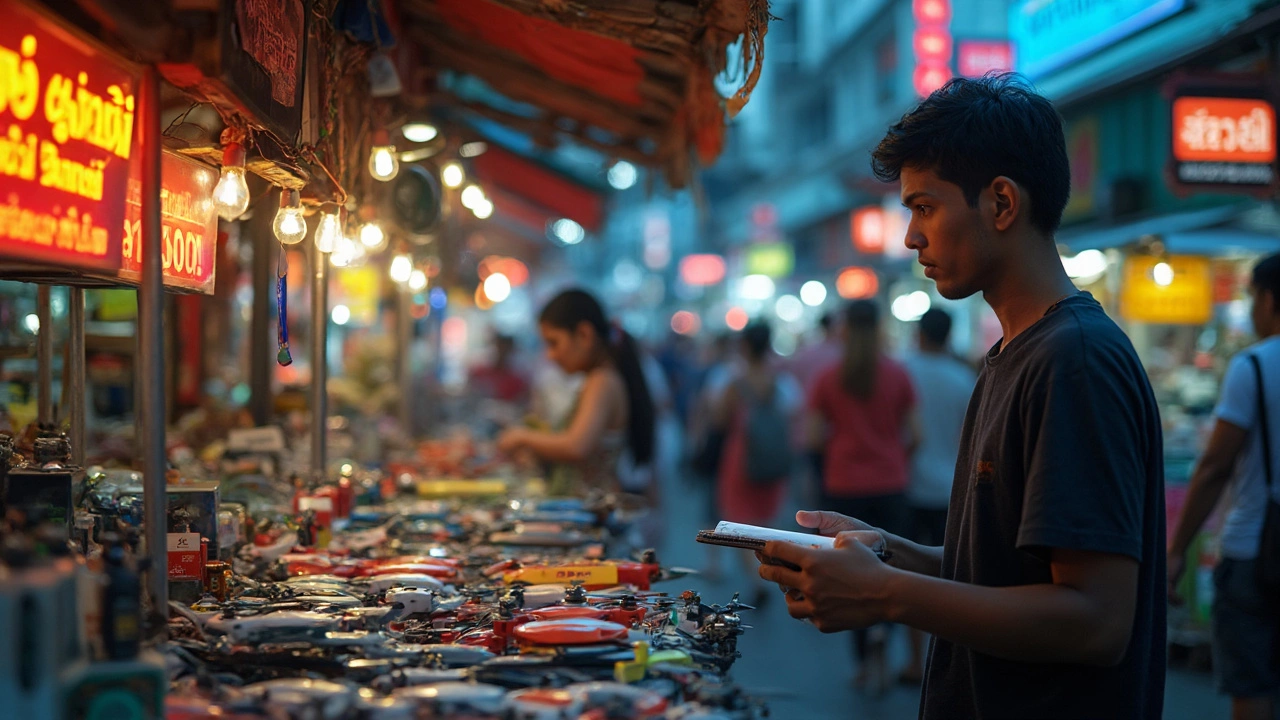Bring Drone to India – What You Need to Know Before You Fly
Got a DJI or any other quadcopter and thinking about taking it to India? You’re not alone. Travelers and hobbyists love the idea of shooting Mumbai’s skyline or the Himalayas from the air. But before you pack that box, there are a few rules you must follow. Skipping them can mean fines, confiscated gear, or even a ban on future flights. Let’s break down the process so you can fly without headaches.
Customs & Import Rules
When you land in India, customs will check your drone just like any other electronic. The key is to declare it on the arrival form if its value exceeds INR 50,000 (about $600). If you’re carrying a professional‑grade drone worth more, you’ll need to present the purchase invoice and may have to pay a small duty.
Most travellers bring drones as personal items, which is allowed as long as you’re not planning to sell them. Keep the box, receipt, and a brief note explaining that the drone is for personal use. This documentation speeds up clearance and reduces the chance of a “sealed for inspection” notice.
Another tip: pack the drone in its original case with batteries removed. Indian customs can be strict about lithium‑ion batteries, so store them in your carry‑on and declare them separately if asked. Batteries over 100 Wh need prior approval, but most consumer drones stay under that limit.
Getting Your Drone Licence and Flying Legally
India classifies drones into three categories: Nano (under 250 g), Micro (250 g‑2 kg), and Small (2 kg‑25 kg). Nano drones can be flown without a licence, but anything bigger needs registration with the Directorate General of Civil Aviation (DGCA). The process is now online and takes about 48 hours if you have all the paperwork.
Here’s the quick checklist:
- Upload a copy of your ID (passport or Aadhar).
- Provide the drone’s make, model, and serial number.
- Pay the registration fee (around INR 1,000 for each drone).
- Get the Unique Identification Number (UIN) and display it on the drone.
Once registered, you’ll need a Remote Pilot Licence (RPL) if the drone weighs more than 2 kg. The RPL exam is a 2‑hour theory test plus a practical flight test. Many flight schools in Mumbai and Delhi offer crash‑course prep, and you can book the exam through the DGCA portal.
After you’re cleared, respect the no‑fly zones. Major airports (like Chhatrapati Shivaji International), military bases, and certain heritage sites are off‑limits. The DGCA provides an interactive map – just type in the location and see if you’re allowed to launch.
Insurance isn’t mandatory, but it’s a smart move. A basic third‑party policy covers damage to third‑party property, while a comprehensive plan protects your drone against crashes, theft, and weather‑related loss. A few local insurers offer policies starting at INR 2,500 per year.
Finally, follow the simple safety habits: always keep the drone in sight, fly below 120 feet, and avoid crowded gatherings. Use the “Lost‑Link” feature to auto‑return if you lose control, and never fly under the influence of alcohol or drugs.
By declaring your drone, registering it, getting the RPL (if needed), and staying out of restricted airspace, you’ll enjoy miles of stunning Indian scenery without any legal bumps. Pack smart, fly safe, and let your aerial shots do the talking!
